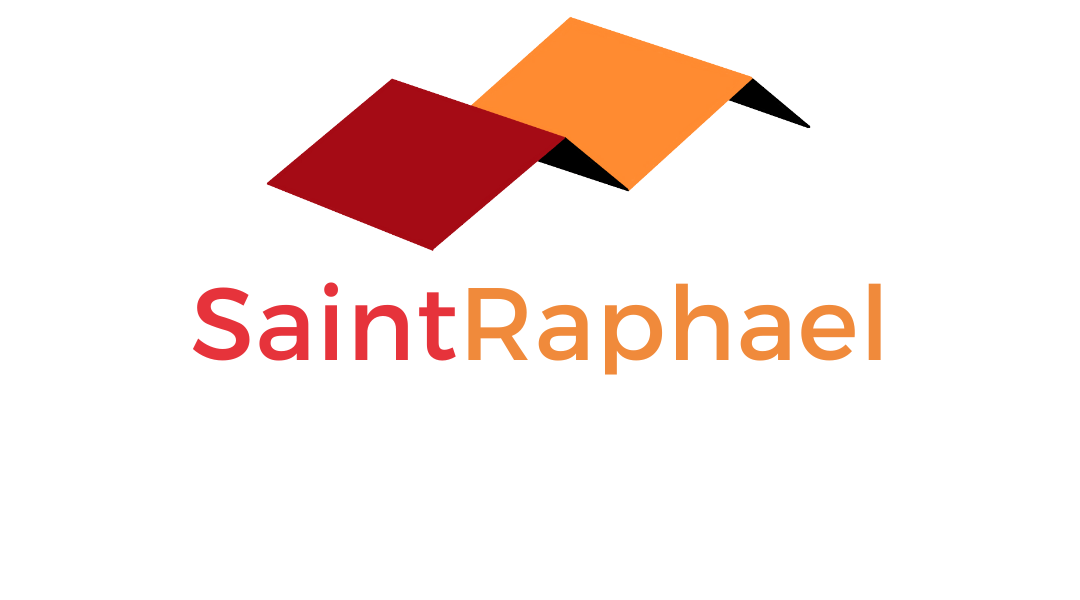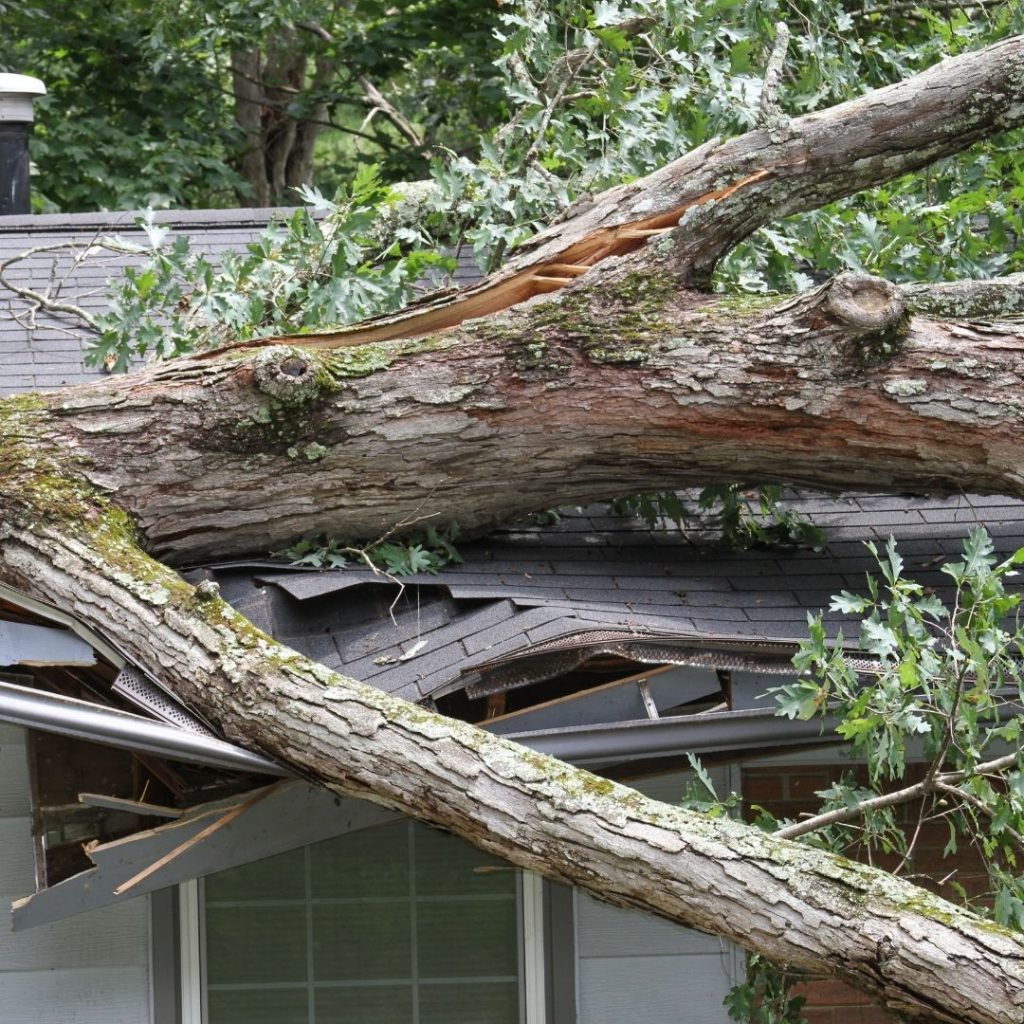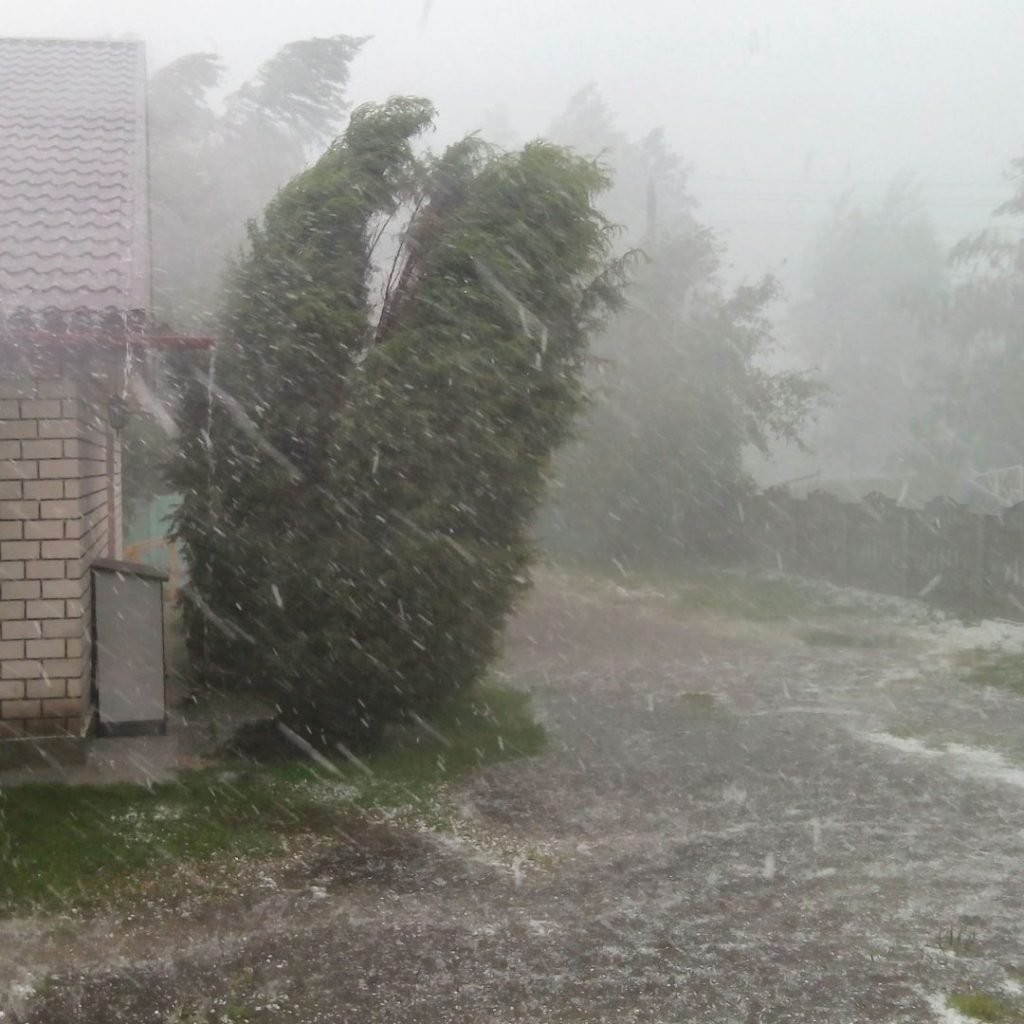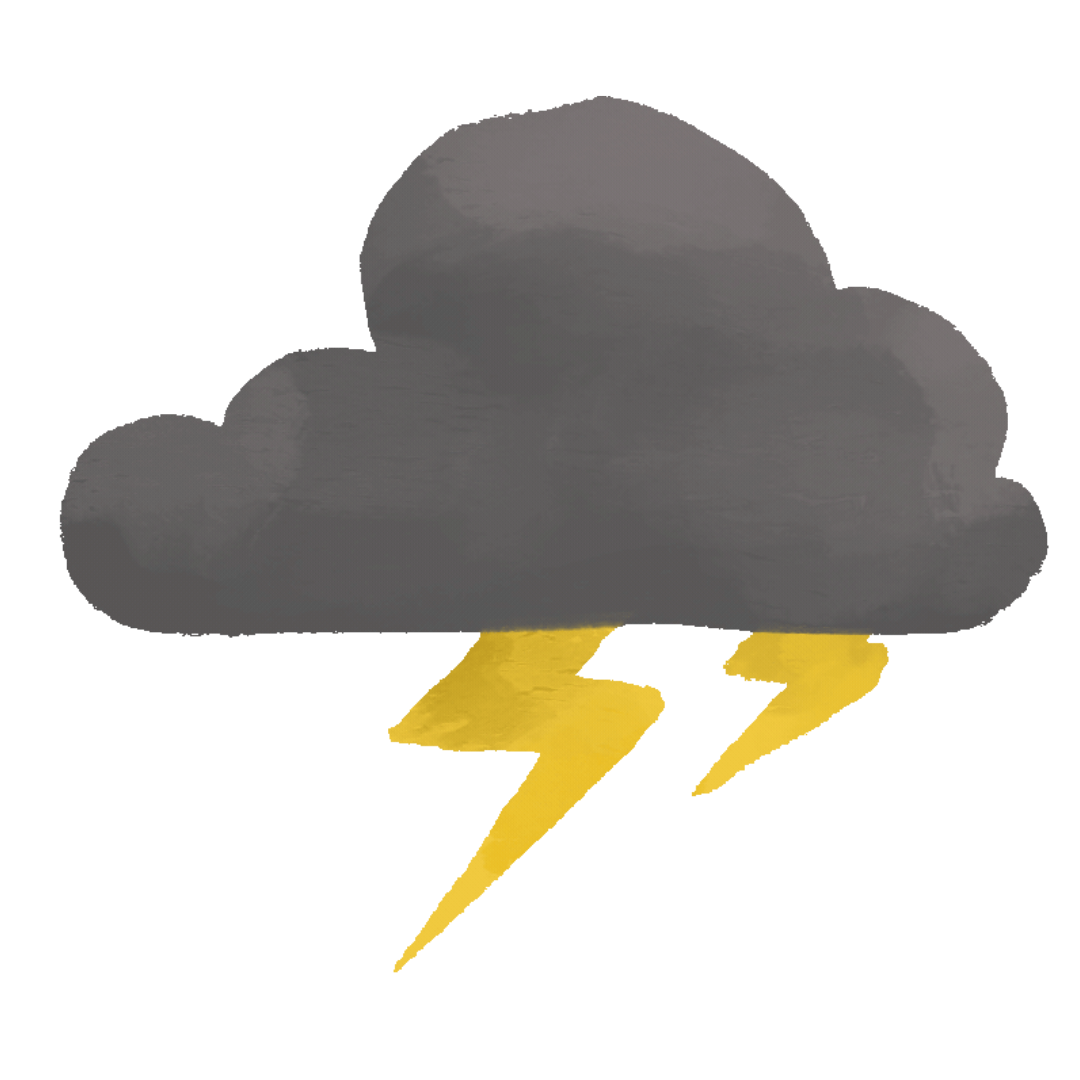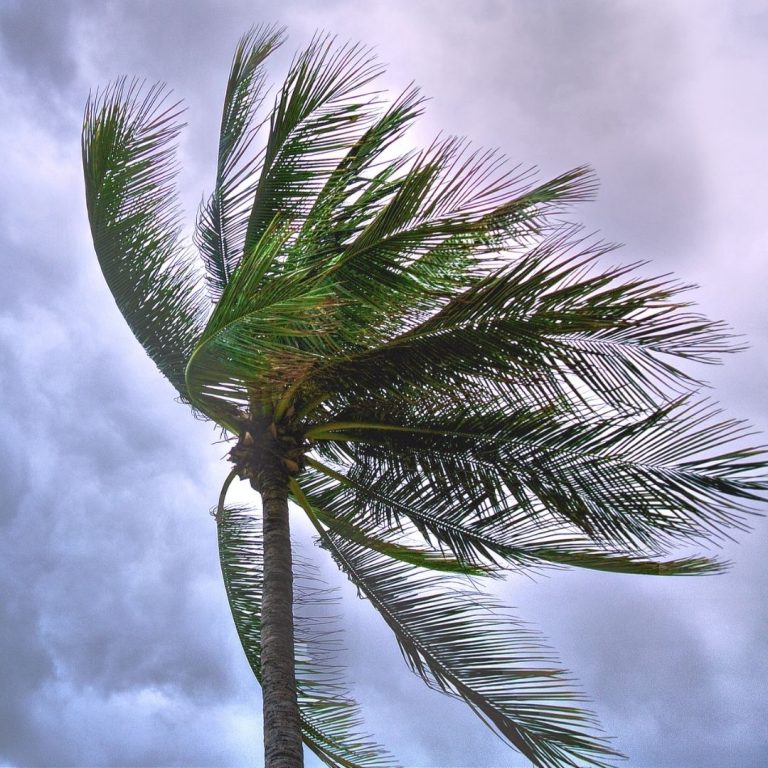
Wind
Winds from a passing storm can cause loose shingles and damage to soffits as well as other components of your roof. Southwest Florida is no stranger to hurricanes. According to the National Weather Service, “at 50 to 60 mph winds, you start to see damage to homes due to trees toppling over, power lines down and debris from your neighbor’s house.” However, even winds from moderate storms can sometimes cause damage, especially to older roofs. A good indicator of wind damage is finding shingle granules, shingles and/or parts of your roof on the ground after a storm. Also look for any loose gutters, fascia, soffits, shingles, metal, etc. that may have loosened due to wind.
